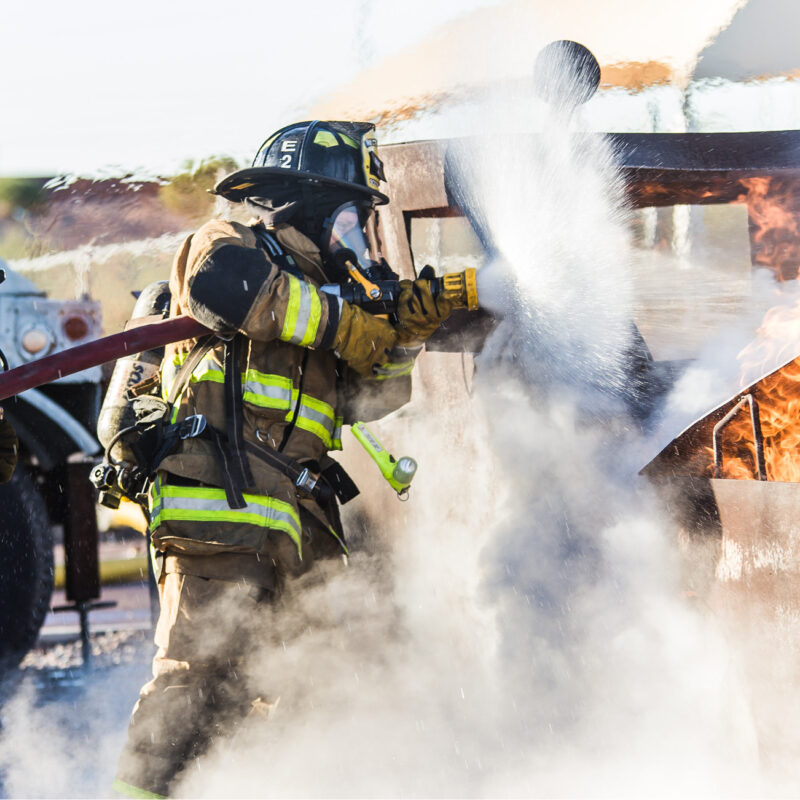
by Scott Howe, Commercial UAV News
DRONERESPONDERS, a nonprofit group that supports UAS in public safety missions, estimates that there are more than 5,000 public safety organizations with drone programs, and more are adopting the technology every day.
It’s easy to see why police departments, firefighters, first responders, and emergency services professionals have embraced uncrewed systems. In many cases, the capabilities of the technology allow organizations to conduction missions in ways that are safer, faster, more accurate, and less expensive than traditional methods.
While the number of public safety and emergency services groups incorporating drones continues to grow, there are a few barriers that a holding back greater integration. Experts say that costs, training, government regulations, and public perceptions of the technology are some of the factors that can stand in the way of adoption.
Recently, Commercial UAV News discussed uncrewed systems in public safety and emergency services with Chief Charles L. Werner (Emeritus-RET), Director, DRONERESPONDERS Public Safety Alliance, Christopher Todd, Executive Director of the Airborne International Response Team (AIRT), and David Young of Public Safety UAS, a company that trains sUAS pilots, including those working in public safety.
Continue reading their views on the 6 barriers to drone adoption in the sector by clicking below.
Soaring to new heights, together.
Be sure to visit the BWU Technology Partnerships Initiative website to learn more about how our NEOFIX program drives economic growth, promotes policy and infrastructure to improve drone safety and efficiency in various industries, and ensures that drone technology is being used responsibly.

